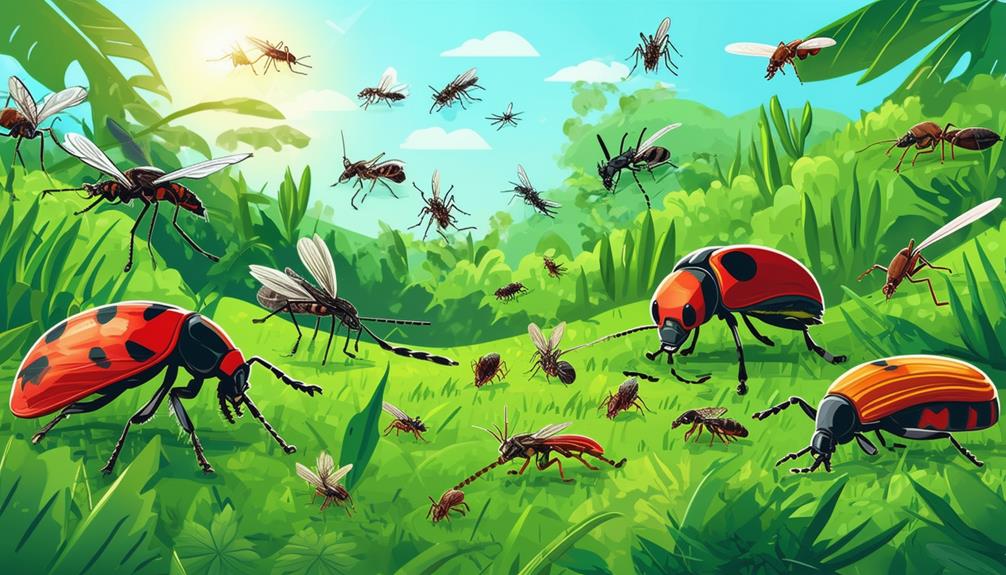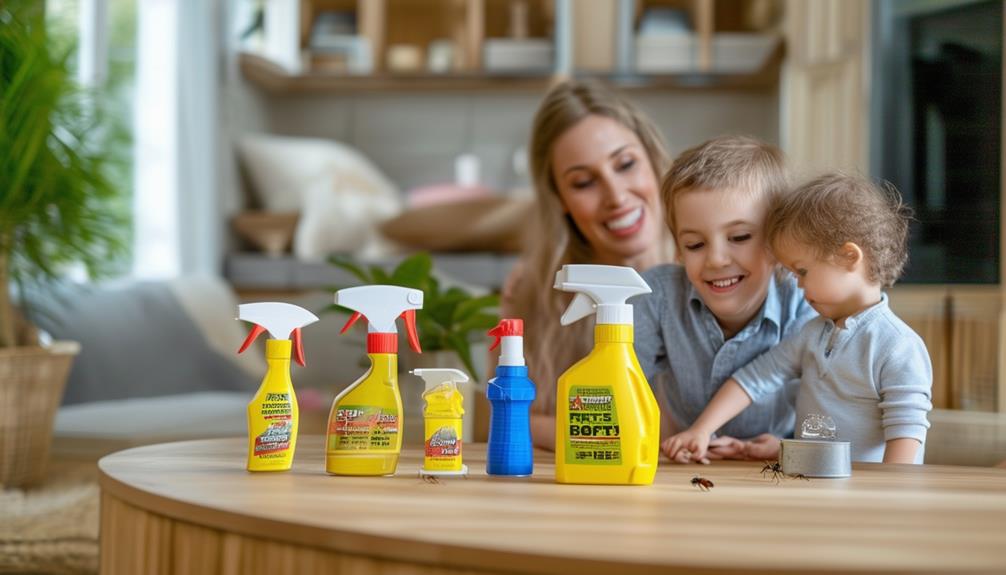Snakes are fascinating creatures that have been the subject of curiosity and fear throughout human history. As humans continue to encroach upon their natural habitats, encounters with snakes are becoming more common. This has led to a search for effective methods of snake prevention, one of which is the use of moth balls. However, it is important to approach this topic with a scientific and knowledgeable perspective to determine whether moth balls are truly effective in keeping snakes away.
To understand whether moth balls can keep snakes away, it is crucial to first delve into the behavior of snakes. Snakes are cold-blooded reptiles that rely on their environment to regulate their body temperature. They are attracted to warm places such as sunny spots, crevices, or areas near human dwellings. Snakes also have a highly developed sense of smell, which they use to locate prey and potential mates. This knowledge about snake behavior is essential in determining the effectiveness of moth balls as a snake deterrent.
In this article, we will explore the myth surrounding moth balls as a snake repellent and examine the scientific evidence behind this claim. We will also discuss other effective methods of snake prevention, including habitat modification, sealing gaps and cracks, and using professional snake removal and prevention services.
By providing a comprehensive understanding of snake behavior and the various methods of snake prevention, this article aims to equip readers with the knowledge needed to coexist with snakes while minimizing potential conflicts.
Understanding Snake Behavior
Snake behavior is a labyrinthine puzzle waiting to be deciphered, enticing researchers to unravel the intriguing enigma that lies within.
Understanding snake behavior is crucial for developing effective snake repellents and natural snake deterrents. Researchers have made significant strides in this area, shedding light on the factors that influence snake behavior and how they interact with their environment.
Snakes are ectothermic animals, meaning they rely on external sources of heat to regulate their body temperature. As a result, they are highly sensitive to changes in temperature and seek out warm areas to bask in the sun.
Snakes also have a strong sense of smell and use it to locate prey and potential mates. Additionally, they possess remarkable agility and can navigate various terrains, including trees, water, and underground burrows.
With this understanding of snake behavior, many individuals have sought to develop snake repellents and natural snake deterrents. While there are numerous products available on the market, such as chemical sprays and electronic devices, their efficacy is often debated. Some claim that certain scents, such as those derived from essential oils, can repel snakes due to their strong odor. Others suggest that physical barriers, such as fencing or mesh, can prevent snakes from entering a certain area.
However, it is important to debunk the myth of moth balls as a snake deterrent. While moth balls contain naphthalene or paradichlorobenzene, which have a strong odor, there is no scientific evidence to support their efficacy in repelling snakes. In fact, the use of moth balls can pose health risks to humans and pets due to their toxic properties. Therefore, it is crucial to rely on scientifically proven methods and consult with experts in snake behavior to effectively keep snakes away.
The Myth of Moth Balls
One common belief regarding the use of a particular substance to deter reptiles has been widely debunked. There is a popular myth that moth balls are an effective way to keep snakes away. However, scientific research has shown that this belief is unfounded.
Moth balls are made of a chemical called naphthalene, which is toxic to snakes and many other animals. It is believed that the strong odor of moth balls is what repels snakes, but in reality, snakes are not bothered by the scent. In fact, some studies have found that snakes are actually attracted to the scent of moth balls. Therefore, using moth balls as a snake deterrent is not only ineffective, but it can also be potentially harmful to other wildlife.
When considering snake prevention methods, it is important to explore alternatives to moth balls. There are several other options available that are both effective and safe. One alternative is the use of natural snake repellents, such as essential oils like cinnamon, clove, and cedarwood. These scents are unpleasant to snakes and can help to keep them away from your property.
Another alternative is the use of physical barriers, such as snake-proof fences or mesh screens, to prevent snakes from entering your yard or home. Additionally, keeping your property clean and free of clutter can discourage snakes from taking up residence. Lastly, it is crucial to understand that using moth balls as a snake repellent can pose potential health risks. Naphthalene, the main ingredient in moth balls, is a known carcinogen and can cause respiratory problems when inhaled. Therefore, it is best to avoid using moth balls and instead opt for safer and more effective snake prevention methods.
Moving on to effective snake prevention methods, one option is to create a snake-proof barrier around your property.
Effective Snake Prevention Methods
Effective snake prevention methods include keeping your property clean and clutter-free. This helps to prevent snakes from finding suitable hiding places or areas to nest.
Sealing potential entry points is also important. This includes gaps in walls, cracks in foundations, or openings in doors and windows. By sealing these areas, you can prevent snakes from entering your property.
Another effective method is removing attractants such as food and water sources. This includes things like bird feeders or open containers of water. By removing these attractants, you can discourage snakes from inhabiting your property.
Keeping your property clean and clutter-free
Maintaining a clean and clutter-free property is essential in effectively managing potential pest issues. By keeping your property clean, you eliminate potential hiding spots and food sources for pests, including snakes. A clutter-free environment also allows for easier inspection and detection of any signs of snake activity. Regular property maintenance is crucial in preventing pests from establishing themselves and reducing the risk of snake encounters.
To illustrate the importance of property maintenance in snake prevention, the following table provides a visual representation of key ideas:
| Property Maintenance | Pest Control | Snake Prevention |
|---|---|---|
| Regular cleaning and removal of debris | Use of insecticides and repellents | Proper storage of potential food sources |
| Regularly mowing lawns and trimming vegetation | Sealing potential entry points | Removal of clutter and hiding spots |
| Proper waste management and garbage disposal | Regular inspection and detection | Elimination of standing water sources |
By incorporating these practices into your property maintenance routine, you create an environment that is less attractive to snakes and other pests. Proper waste management and removal of debris reduce potential food sources and hiding spots for snakes. Regularly mowing lawns, trimming vegetation, and eliminating clutter help eliminate potential snake habitats. Additionally, inspecting and sealing potential entry points can further deter snakes from entering your property. Maintaining a clean and clutter-free property is the first step in effective snake prevention, and it sets the foundation for implementing additional measures such as sealing potential entry points without compromising the aesthetic appeal of your property.
Sealing potential entry points
Sealing potential entry points is a crucial step in preventing snakes from gaining access to your property and creating a safe environment for both residents and visitors.
Snakes are capable of squeezing through very small gaps, so it’s important to be meticulous in identifying and sealing any potential entry points.
One common area to check is gaps under doors or around windows. Installing weatherstripping can effectively seal these openings and prevent snakes from slithering their way inside.
Additionally, inspecting the foundation of your property for any cracks or holes is essential. Sealing these gaps with caulk or cement will further deter snakes from finding their way in.
By sealing these potential entry points, you not only prevent snakes from entering your property, but you also create a safer living space for everyone.
Removing attractants like food and water sources is the next important step in snake prevention.
Removing attractants like food and water sources
Removing attractants like food and water sources is an important step in creating an environment that is uninviting to snakes, encouraging them to seek sustenance elsewhere and minimizing the risk of their presence.
Snakes are attracted to areas where they can find a stable food source, such as rodents or other small animals. By removing potential food sources, such as bird feeders or unsecured garbage cans, homeowners can significantly reduce the chances of attracting snakes to their property.
Additionally, addressing water sources, such as leaky outdoor faucets or standing water, is crucial. Snakes, like all animals, require water to survive, and by eliminating these water sources, homeowners can make their property less appealing to snakes.
Understanding snake behavior is essential when removing attractants. Snakes are opportunistic feeders and will seek out areas where they can easily find food. By keeping the property clean, removing debris, and regularly mowing the grass, homeowners can eliminate potential hiding spots for snakes and make it more difficult for them to find prey.
Additionally, sealing any gaps or cracks in foundations, walls, or windows can help prevent snakes from entering the property in search of food and water. By taking these measures, homeowners can create an environment that is less attractive to snakes, reducing the likelihood of their presence.
Transitioning to the subsequent section about ‘professional snake removal and prevention services,’ it is important to note that while removing attractants is an effective way to discourage snakes, it may not guarantee their complete absence. In cases where snake infestations are persistent or pose a significant threat, it is advisable to seek the assistance of professional snake removal and prevention services. These experts have the knowledge and tools to safely remove snakes from properties and implement long-term prevention strategies.
Professional Snake Removal and Prevention Services
Professional snake removal and prevention services employ a range of strategies to effectively mitigate the presence and potential harm of snakes, offering comprehensive solutions for homeowners seeking to ensure their properties remain snake-free. These services utilize various snake repellent methods and snake-proofing techniques to create an environment that is unattractive and inaccessible to snakes.
Here are three key strategies utilized by professional snake removal and prevention services:
- Snake repellents: These services often utilize snake repellents, which are substances designed to deter snakes from entering specific areas. These repellents typically contain ingredients that emit strong odors or unpleasant tastes that snakes find intolerable. By applying these repellents around the perimeter of a property or in specific areas where snakes are likely to enter, professional snake removal and prevention services create a deterrent barrier.
- Physical barriers: Snake-proofing techniques involve the installation of physical barriers to prevent snakes from entering a property. These barriers can include snake-proof fencing, which is typically made of mesh or other materials that snakes cannot crawl through or climb over. Additionally, services may seal off any gaps or cracks in buildings or structures that could serve as entry points for snakes.
- Habitat modification: Another approach used by professional snake removal and prevention services is habitat modification. This involves making changes to the environment to make it less attractive to snakes. Services may remove or relocate potential snake habitats such as piles of debris, woodpiles, or overgrown vegetation. By eliminating these favorable habitats, the likelihood of snakes taking up residence on the property is reduced.
By employing these strategies, professional snake removal and prevention services aim to create an environment that is uninviting for snakes, minimizing the risk of snake encounters for homeowners. Ultimately, adopting these comprehensive approaches allows homeowners to live harmoniously with snakes, respecting their role in the ecosystem without compromising their own safety or well-being.
Living Harmoniously with Snakes
Creating a harmonious coexistence with serpents necessitates implementing measures to discourage their presence and ensure the safety of both humans and reptiles.
While snakes play an essential role in maintaining the balance of ecosystems, it is understandable that some individuals may feel uneasy about their proximity to these creatures.
Fortunately, there are several snake repellent options and natural deterrents available that can help mitigate potential conflicts.
One effective snake repellent is the use of certain plants and herbs. For instance, the marigold flower emits a strong odor that snakes find unpleasant, making it an excellent choice for landscaping around homes or gardens.
Similarly, garlic has been known to repel snakes due to its strong smell. Planting garlic cloves around the perimeter of a property or in specific areas can deter snakes from entering those spaces.
Additionally, some individuals have reported success with using essential oils, such as cinnamon, clove, or cedarwood, as snake repellents. These oils can be applied to cotton balls and strategically placed in areas where snakes are likely to be found.
Creating a harmonious coexistence with snakes requires implementing measures that discourage their presence while ensuring the safety of both humans and reptiles.
By using snake repellents such as specific plants and herbs, as well as essential oils, individuals can deter snakes from unwanted areas without causing harm to these beneficial creatures.
It is important to remember that snakes play a crucial role in our ecosystems and should be respected and protected whenever possible.
Frequently Asked Questions
How do snakes behave in captivity?
In captivity, snakes exhibit various behaviors influenced by their species, environment, and individual disposition. Snake behavior encompasses feeding habits, which differ depending on factors such as species, size, and availability of prey.
Can moth balls be used to repel other pests besides snakes?
Moth balls, touted as a remedy for snake infestations, have limited efficacy and pose health risks. However, they may repel certain pests due to their strong odor. Alternative methods for pest control, such as natural repellents and proper sanitation, are more effective and safer.
What are some natural ways to prevent snakes from entering your property?
Natural snake repellents can help prevent snakes from entering your property. Certain plants, such as marigolds, lemongrass, and garlic, are known to repel snakes due to their strong scents. These natural remedies can be a safe and effective way to deter snakes.
How do professional snake removal services relocate the snakes they capture?
Professional snake removal services employ various techniques to relocate captured snakes. These methods may include careful handling, use of specialized equipment, and transportation to suitable habitats. Ensuring the safe and effective relocation of snakes is a crucial aspect of their expertise.
What are some benefits of having snakes in the ecosystem?
Snakes play a crucial role in maintaining the balance of ecosystems. They control rodent populations, preventing damage to crops and the spread of disease. Snake conservation is vital to preserving biodiversity and ensuring the overall health of natural habitats.





